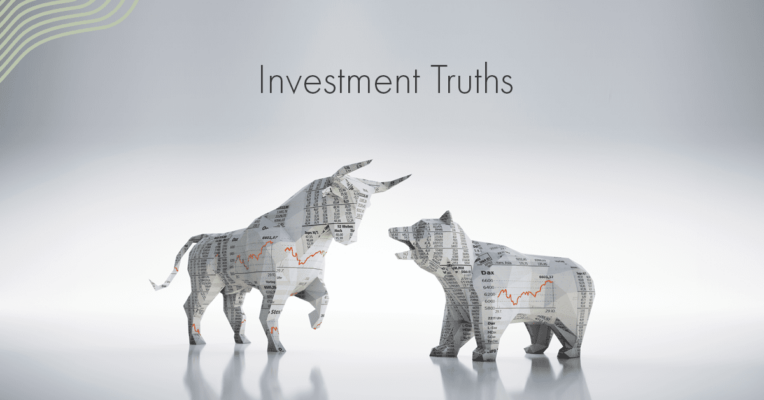Nike ESPP: Navigating Nike Benefits
Nike employees have access to a robust suite of benefits, some of which are standard, like health insurance and a 401(k) plan. Still, working for a large, publicly traded company has unique advantages, like the Nike ESPP.
Buying Nike stock at a discounted price offers a straightforward way to share in the company’s long-term success. For many employees, participating in the plan is a smart move. That said, questions often arise about what to do with the shares once they’re yours — and how those shares might affect your taxes.
What are the contribution limits?
Participants in the ESPP are allowed to designate up to 15% of their eligible pay to purchase up to less than $25,000 or 500 shares of Nike stock during every semi-annual offering period.
How much will I pay for the stock?
Nike’s ESPP has two offering periods each year — one beginning March 1st and ending March 25th, and the other from September 1st to September 25th. The first day of each period is called the “offering date,” and the last is the “purchase date.”
Here’s where it gets interesting: your purchase price is 85% of the stock market value on either the offering date or the purchase date — whichever is lower. This means if Nike’s stock price rises during the offering period, your effective discount could exceed 15%. If the stock price falls, you will still get 15% off the current market value when you purchase.
What happens after I sell the stock?
When you sell, gift, or transfer ownership of your ESPP shares, it’s called a disposition—and it falls into one of two categories: qualifying or disqualifying.
A qualifying disposition occurs when you hold the stock for at least one year after the purchase date and two years after the offering date. Your discount is still taxed as ordinary income, but any additional gains are taxed at the more favorable long-term capital gains rate.
A disqualifying disposition occurs if you sell the shares before meeting the holding requirements above. Here, your discount and any additional gain are taxed at your ordinary income rate. If the stock price drops after purchase, you could report ordinary income and a capital loss in the same tax year.
Is participating in the Nike ESPP the right move for me?
If your cash flow is solid and you’re optimistic about Nike’s long-term growth, participating in the ESPP can be a smart move.
That said, weighing the opportunity costs — like paying down debt or investing in a diversified portfolio — is essential. Ask yourself: How would Nike’s stock price fluctuations impact your overall financial goals?
Longtime participants should also be mindful of concentration risk — having too much of their wealth tied to one company. As your income grows and your financial picture becomes more complex, you may need to diversify. Remember: if your income places you in a higher tax bracket, the federal capital gains tax rate could rise from 15% to 23.8% when you sell.
A clear view of your financial landscape is key to making the right decision.
For more than 20 years, Brighton Jones has helped clients across the Pacific Northwest align their money with their purpose through integrated tax and Personal CFO services. If you want to turn financial strategy into a richer life, we’d love to help.
This content is provided for informational purposes only and should not be construed as individualized advice. For individualized advice, please consult with your adviser.





